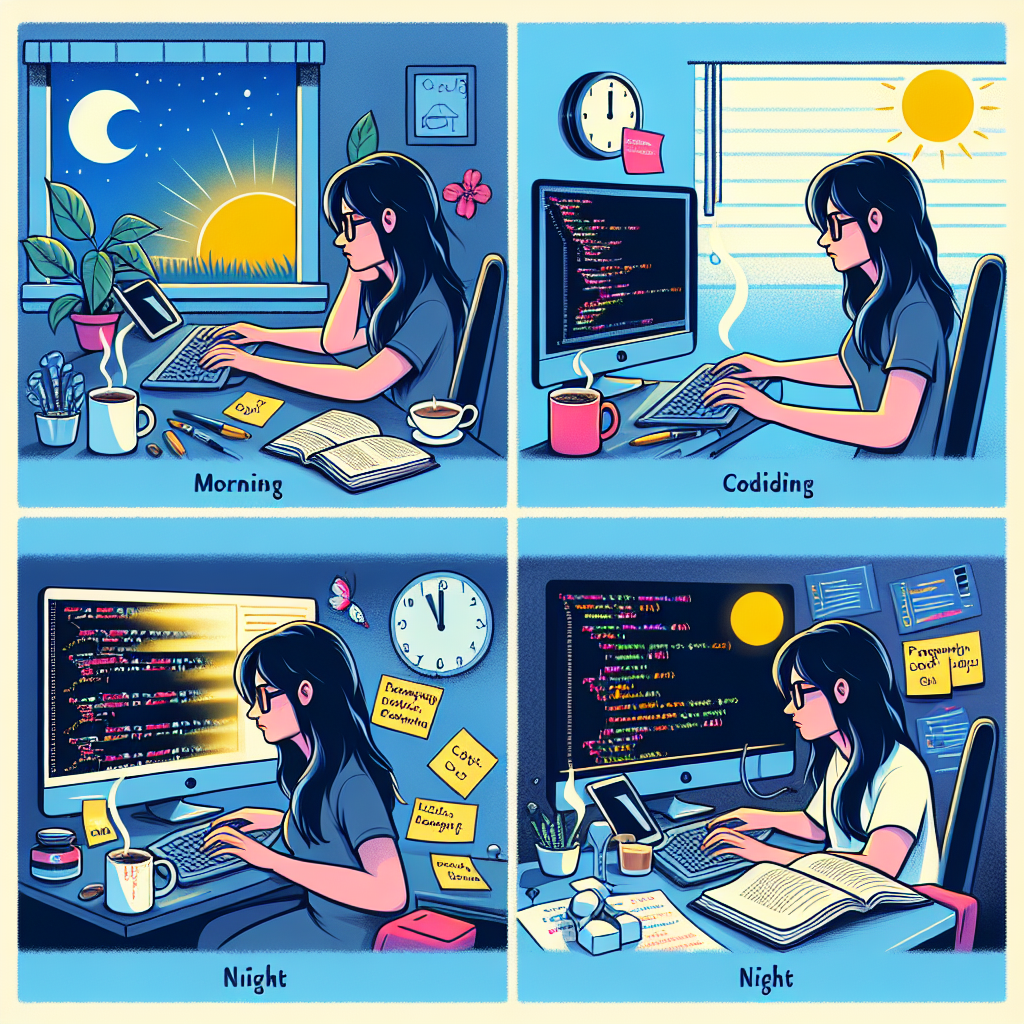The world of software development is as dynamic and multifaceted as the technologies that drive it. If you’re considering a career in this field or are simply curious about what a typical day looks like for a software developer, you’re in the right place. This article will guide you through the daily routines, challenges, and experiences that define the life of a software developer.
Morning Routine: The Calm Before the Code
Most software developers start their day in a similar manner. Whether working remotely or from an office, the morning often begins with a cup of coffee (or tea) and a chance to catch up on emails and news. Here’s a breakdown of the typical morning:
1. Commute (if applicable)
For those heading to a physical office, the commute provides an opportunity to mentally prepare for the day ahead. Many developers use this time to listen to tech podcasts, read articles, or even review coding challenges from the previous day.
2. Daily Standup Meeting
In Agile software development environments, teams often begin their day with a daily standup meeting. This brief session allows developers to discuss what they accomplished yesterday, what they plan to work on today, and any roadblocks they may be facing. This fosters communication and collaboration, ensuring everyone is aligned on project goals.
3. Tackling Tasks
After the standup, developers dive into their coding tasks. This could involve writing new features, bug fixing, or optimizing existing code. They typically use integrated development environments (IDEs) and various programming languages based on the project requirements.
Midday Hustle: Collaboration and Problem-Solving
As the day progresses, collaboration becomes increasingly important. Developers don’t work in isolation; communication with team members, project managers, and stakeholders is crucial for project success.
4. Code Reviews
It’s common for developers to spend time reviewing code written by peers. Code reviews not only improve code quality but also facilitate knowledge sharing. This process can often lead to discussions that spark new ideas, encourage learning, and strengthen team dynamics.
5. Pair Programming or Collaboration Sessions
In many organizations, collaboration doesn’t stop at code reviews. Pair programming, where two developers work together at one workstation, is a popular practice that allows team members to share insights and tackle complex problems creatively.
6. Lunch Break
Developers take a well-deserved break during lunch. This time can be spent unwinding with coworkers, grabbing a bite to eat, or even going for a walk to recharge. While some may continue discussing project ideas, others prefer to disconnect entirely.
Afternoon Programming: Deep Focus and Innovation
After lunch, developers usually return to a state of focused work. This might last anywhere from one to several hours, often referred to as “the flow state.” Here’s what this period typically involves:
7. Feature Development
A significant portion of the afternoon is dedicated to carrying out assigned tasks. Developers often need to research and experiment with different technologies, libraries, or frameworks to implement features effectively.
8. Debugging and Testing
In the software development lifecycle, testing and debugging are critical. Debugging involves identifying and resolving issues that hinder software functionality. Developers write and execute unit tests, integration tests, and user acceptance tests to ensure the software behaves as intended.
9. Documentation
While coding is vital, recording knowledge through documentation is equally important. Developers often spend some time writing documentation for their code, which helps other team members and future developers understand the software better.
End of Day: Reflection and Continuous Learning
As the workday approaches its end, developers take time to assess their progress and plan for the next day.
10. Wrap-Up and Planning
Before logging off, developers might update their task boards (like JIRA or Trello) and communicate any important updates to their teams. This ensures continuity and clarity regarding ongoing work.
11. Continued Learning
Software development is a fast-evolving field, and many developers dedicate time to learning through online courses, webinars, coding challenges, or reading tech blogs and documentation. Staying updated with the latest trends and technologies is essential for career growth.
12. End-of-Day Reflection
At the end of the day, developers reflect on what they’ve accomplished, what challenges they faced, and how they can improve their workflow. This self-assessment is key to continuous improvement.
Conclusion: More Than Just Coding
A day in the life of a software developer is vibrant, filled with problem-solving, collaboration, and continuous learning. While writing code is a significant part of the role, successful developers must also be strong communicators, critical thinkers, and lifelong learners. The environment fosters creativity and innovation, ensuring that no two days are exactly alike.
Whether you’re a seasoned professional or new to the field, the life of a software developer offers myriad opportunities for growth, exploration, and satisfaction from bringing ideas to life through technology.




